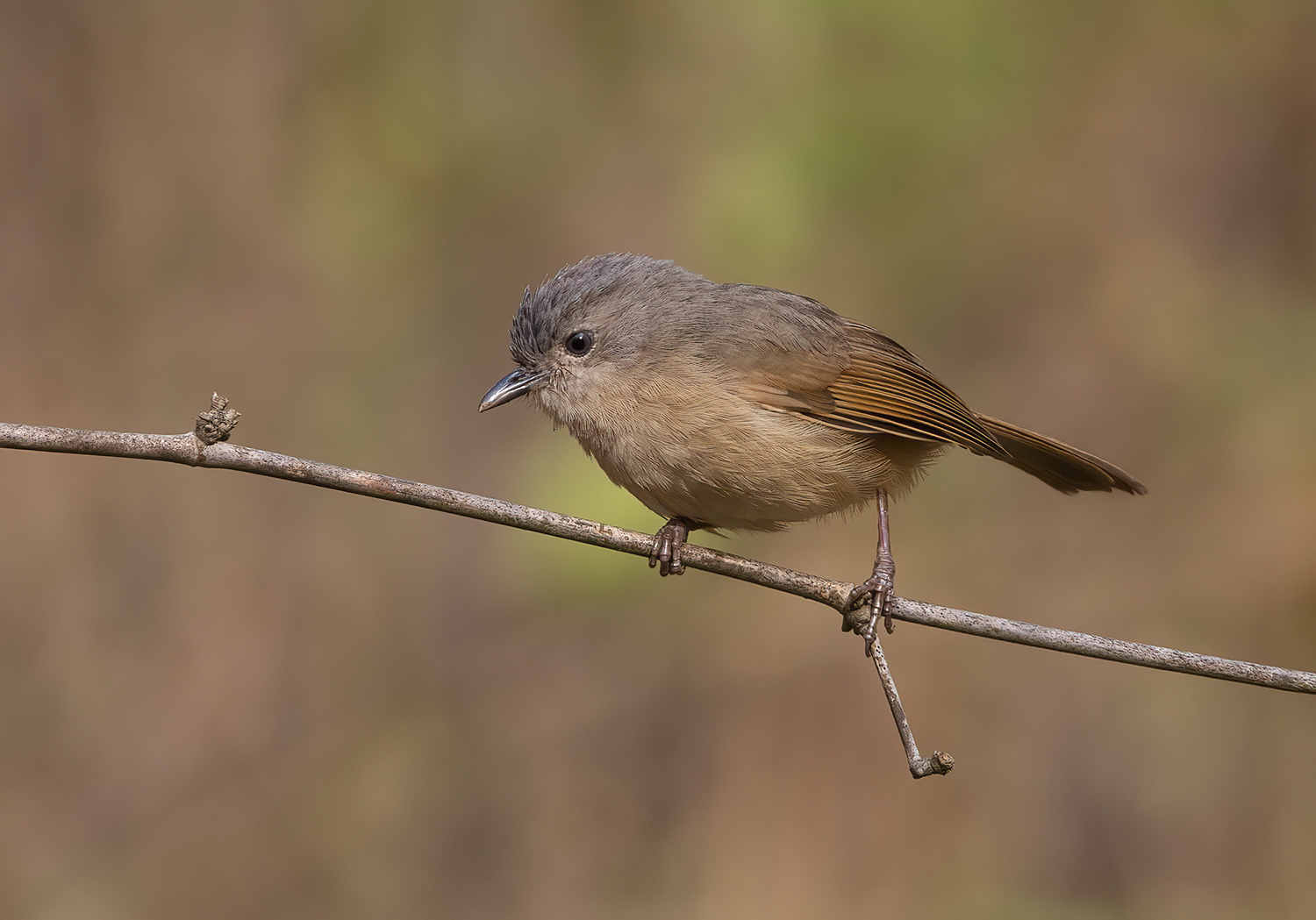
Birds of Belgaum
A pocket guide to the common birds of the region.
A project by SKE Society's GSS College, Belgaum, released under the Creative Commons
Belagavi, also formerly known as Belgaum (Venugram), is the largest district in Karnataka sharing boundaries with Goa and Maharashtra state towards western and northern directions. With an expanse of 13,415 sq. KM , the Belgaum has diverse habitats and landscapes, including wet and drier climatic zones.
Western side of the district is part of Western Ghats is one of the most ecologically significant biological regions of the world. These hill ranges are recognized as a unique biogeographic province (Mani 1974), a global biodiversity hotspot (Myers et al. 2000), and as one of the 200 most important eco-regions of the world (Olson & Dinerstein 1998).
District already has 1230 sq km of area under forest land, including Bhimgad Wildlife Sanctuary, Ghatprabha Bird Sanctuary, IBA Bhimgad Forests (IN183- IBA Criteria - A1, A2, A3, BirdLife International 2023).
In spite of the rich natural heritage, the region has not been scientifically assessed for the many taxa. To bridge this gap this paper presents the first comprehensive checklist of the regional avifauna.
Belgaum receives an average rainfall of 550 cm rain in region adjoining to the western ghats, about 120 cms of rain around the Belagavi city and goes on reducing towards eastern side to about 25 cm. The temperature ranges from 8°C to 42°C. The plant life in the region is extremely rich since the climatic conditions give rise to a wide range of habitats.
In the western region along the western ghats, the terrain is undulating with steep escarpments and dense forests. There are three well-defined seasons : the monsoon spanning from June to around October, the winter from November to February, and the summer, from March to May.
The habitats range from the tropical wet evergreen, semi-evergreen forests, tropical moist deciduous forests, tropical dry deciduous forests, tropical thorn vegetation, grasslands, and agricultural lands to wetlands. In general, the vegetation turns drier as one moves from west to east (into the rain shadow region) across the hills. Lower elevations on the eastern region receive less than 500 mm of annual rainfall and contain tropical dry deciduous and thorny forests (Champion & Seth 1968).

Bird are a vital component of any ecosystem and play a crucial role in pollination, seed dispersal & pest control. Interesting behaviour, attractive colours, melodious calls/songs (acoustics), ecological services etc. has attracted many to pursue Ornithology (science of birding) as carrier path. Birds inhabit every continent, and are among the most diverse vertebrate groups on Earth. Out of > 1256 species recorded in India, more than 430 bird species are reported from Belgaum (Belagavi district) region by team of dedicated birders. This high diversity is due to the mosaic of natural habitats varying from Tropical evergreen - Deciduous forests, grasslands, thorny scrub, rock outcrops, & arid landscape spread across wet and dry climatic zones.

Interesting information related to bird diversity, ecology, conservation, distribution, acoustics etc. can be found on following websites.
Checklist of Birds of India (Praveen J list 2016)
INVIS WII Wildlife conservation and protected areas in India

Vaccine Depot
Yellur region
Jamboti
Bhimgad Sanctuary
Ghataprabha Bird Sanctuary
Hidkal Backwaters.